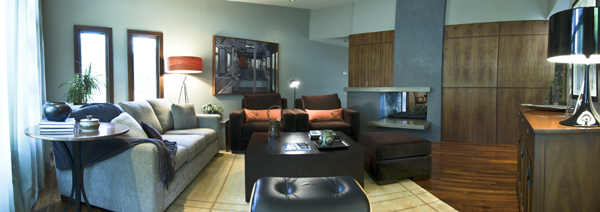Here are 10 Facts you should know about them:
1.) Interior designers save you money by referring reliable contractors, by selecting products and materials that meet your design requirements, and by helping you avoid costly mistakes. It’s important for the client to be upfront about how much money they want to spend on a design project.
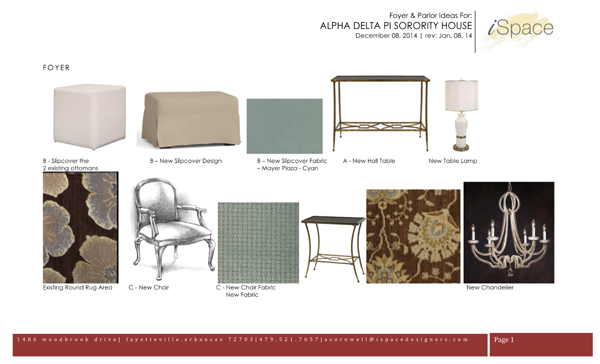
2.) You won’t have to purchase items from a designer. Most of the time the designer works with what you have. They find creative ways to refresh, reuse, and recycle existing furniture, accessories, and materials. They will however charge a fee for their expertise.
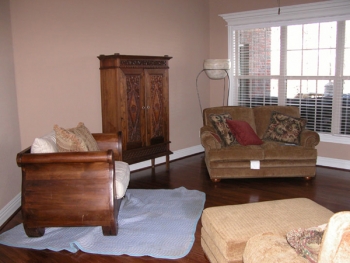
Using the client’s existing furniture (above), we added accessories and rearranged the room (below)
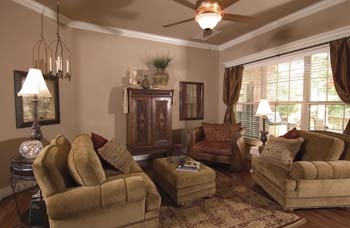
3.) Interior designers offer consultation for an hourly fee to provide a few ideas or planning assistance. Or the client can hire an interior designer to complete a project design from conception all the way through to execution. Always ask and express your design needs.
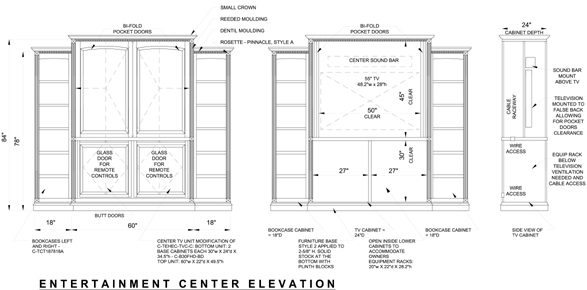
4.) Interior designers have accrued years of education, training, and experience to become experts in interiors. Interior design students take classes in anthropometrics, psychology, history of interior design, schematic interior design, furnishings and finishes, lighting and many other courses specific to interior design.
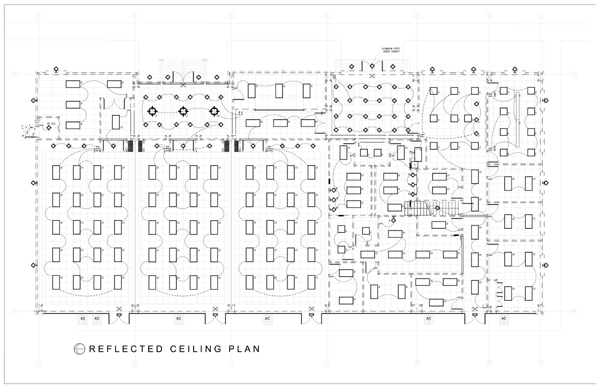
5.) Interior designers do not only work with home or business owners, they also work with builders, architects, and government policy officials. To become a successful interior designer, one needs to be very educated, well rounded, and able to work with all disciplines.
6.) Interior designers must meets the requirements set forth by the state to become licensed. Testing and licensing allows designers to expand the range of services they offer by affirming specific knowledge, skills and abilities.
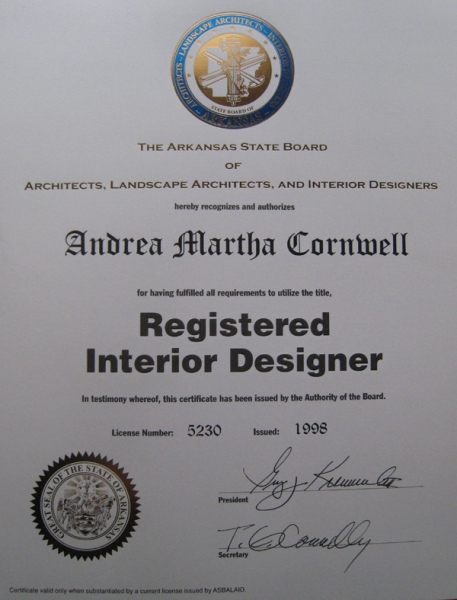
7.) Beware of design television shows. The design timelines are reduced and the budgets are rarely obvious. The extensive research, space planning, materials reviews, consultation with trades and contractors, and many modifications necessary to arrive at the final design concept that meet the specific needs and requirements of each client are hardly broached.
8.) An interior designer’s work usually involves:
- The initial meeting to help determine the project goals and objectives.
- The generating of ideas for the functional and aesthetic possibilities of the interior spaces.
- Creating illustrations and renderings of the design ideas.
- Developing documents and specifications relative to the interior spaces in compliance with the desired goals and objectives.
- Researching applicable building and safety codes.
- The organizing and arranging a the space to suit its function.
- Monitoring and managing construction and the installation of the design direction.
- The selecting and specifying fixtures, furnishings, products, materials and colors.
- The purchasing of products and fixtures.
- The designing and managing fabrication of custom furnishings and interior details.
- The designing and specifying lighting.
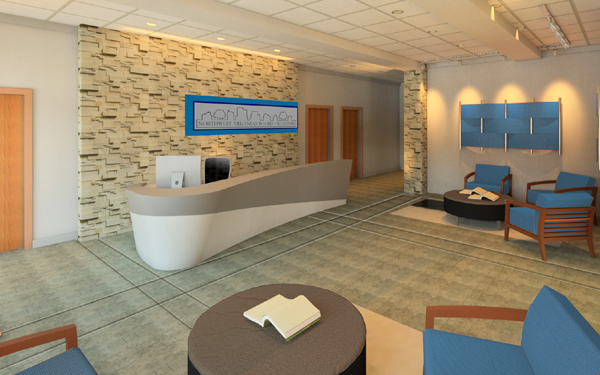
9.) Interior Designers work with your vision and expand upon it. They are there to listen to you, assess your needs, and then create an original design that fits your space. It is all about the client’s style.
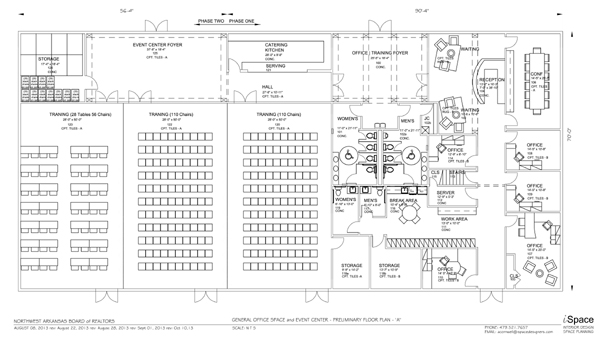
10.) A successful interior designer is a people pleaser and mediator. They balance their design vision and the client’s desires. They can show clients design concepts in a variety of ways and they can formulate designs collaboratively with clients to avoid surprises as the work unfolds.
